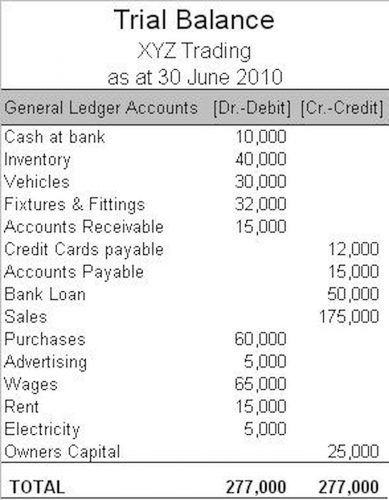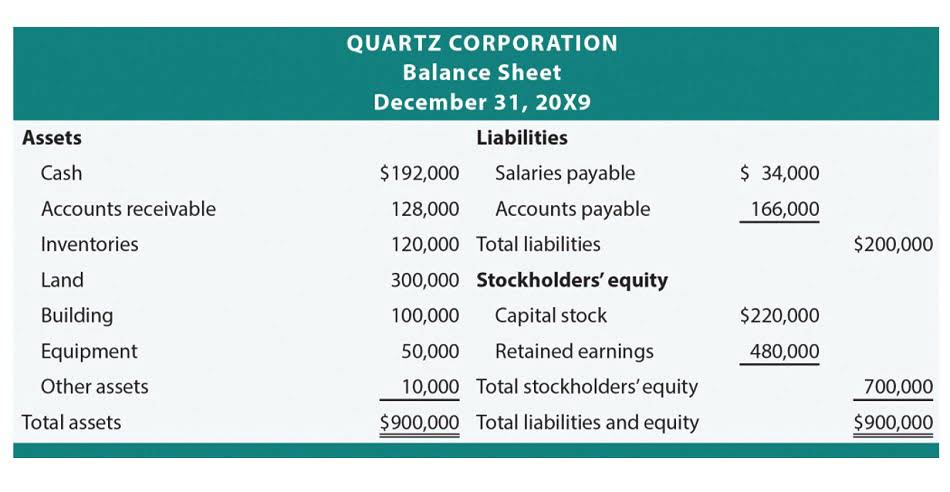
But as a view into your company’s liquidity, it provides an important piece of the puzzle. If you do your own bookkeeping in Excel, you can calculate cash flow statements each month based on the information on your income statements and balance sheets. If you use accounting software, it can create cash flow statements based on the information you’ve already entered in the general ledger.

best cash flow software for busy FP&A teams in 2024
- Even though our net income listed at the top of the cash flow statement (and taken from our income statement) was $60,000, we only received $42,500.
- The indirect approach of preparing a cash flow statement takes a long time and has specific accuracy difficulties because such a statement uses many modifications.
- It presents the gross cash inflows and outflows from the company’s primary business activities, including cash received from customers, cash paid to suppliers, and cash paid for salaries and wages.
- Cash Flow for Month Ending July 31, 2019 is $500, once we crunch all the numbers.
- For example, early stage businesses need to track their burn rate as they try to become profitable.
- However, creating a cash flow statement that will appeal to your investors will depend on which cash flow method you select.
Smaller businesses will likely prefer the direct method because of the ease of understanding the resulting statement and Partnership Accounting the granular accuracy and clarity it provides. For a smaller business, the data that the direct method requires is less cumbersome to manage and will be less restrictive. OCF is the cash generated by normal business activities and operations within a given time frame. This is one of the key calculations that FP&A analysts will use when determining the profitability of a company. In short, the direct method is helpful when you need to make it easy for other people—like investors and stakeholders—to understand your cash flow. The indirect method lacks some of the transparency that the direct method offers.
Explanation of the Direct Method
One of the main reasons you might prefer the direct method over the indirect method for building cash flow statements is that it can provide better accuracy. As the name would suggest, the direct method (sometimes referred to as the income statement method) takes a direct approach to building the cash flow statement. Using the indirect method, calculate net cash flow from operating activities (CFO) from the following information. Therefore, when calculating cash flow from operating what are retained earnings activities, loss on sale of fixed assets should be added back and profit on sale of fixed assets should be deducted from net profit. Cash flow from operating activities will increase when prepaid expenses decrease. In contrast, cash flow from operating activities will decrease when there is an increase in prepaid expenses.

Direct vs Indirect Cash Flow Methods: Pros, Cons, and Differences
Keep in mind that additional steps may be needed based on the accounting or reporting requirements of your organization or industry. A direct cash flow statement is a simple representation of cash movement. The layout of the direct cash flow method makes it easy for the reader to understand how cash comes into and out of the business. These documents present a detailed narrative of the company’s cash position, assets, and financial health when presented alongside the income and balance sheet statements. Although Quick deducted the loss of $1,000 in calculating net income, it recognized the total $ 6,000 effect on cash (which reflects the $1,000 loss) as resulting from an investing activity.
Is the direct method allowed under IFRS?

The indirect method is commonly used by both small and large companies to comply with International Financial Reporting Standards (IFRS) and Generally Accepted Accounting Principles (GAAP) requirements. Publicly traded companies must use this method, even if they use the direct method internally. A financial professional will offer guidance based on the information provided and offer a no-obligation call to better understand your situation.
Final Thoughts on Direct vs Indirect Cash Flow Statements
Cash Flow for Month Ending July 31, 2019 is $500, once we crunch all the numbers. After accounting for all of the additions and subtractions to cash, he has $6,000 at the end of the period. Under Cash Flow from Investing Activities, we reverse those investments, removing the cash on hand. They have cash value, but they aren’t the same as cash—and the only asset we’re interested in, in this context, is currency. Our team is ready to learn about your statement of cash flows direct vs indirect business and guide you to the right solution.
- With the indirect method, you look at the transactions recorded on your income statement, then reverse some of them in order to see your working capital.
- Many companies use accrual-based accounting systems that do not automatically track cash transactions in the manner required by the direct method.
- Do you want to talk more about choosing the right financial solutions for your business?
- Request your free demo and start the financial journey of your business with us.
- Using only an income statement to track your cash flow can lead to serious problems—and here’s why.
Bench simplifies your small business accounting by combining intuitive software that automates the busywork with real, professional human support. Note how it always starts with the net income and then adjusts the numbers based on non-cash transaction. Learn how to use running total in Excel to track sales, expenses, & performance. Simplify workflow, analyze trends, & manage data efficiently for smart insights.

The cash flow from operating activities is the only section of the statement of cash flows that will change in presentation under the direct and indirect methods. The treatment of interest and dividends is important for cash flow analysis. Interest paid represents a cash outflow that must be considered when preparing your financial statements, impacting both cash flow from operating and financing activities.
Our mission is to empower readers with the most factual and reliable financial information possible to help them make informed decisions for their individual needs. For information pertaining to the registration status of 11 Financial, please contact the state securities regulators for those states in which 11 Financial maintains a registration filing. Finance Strategists has an advertising relationship with some of the companies included on this website.

